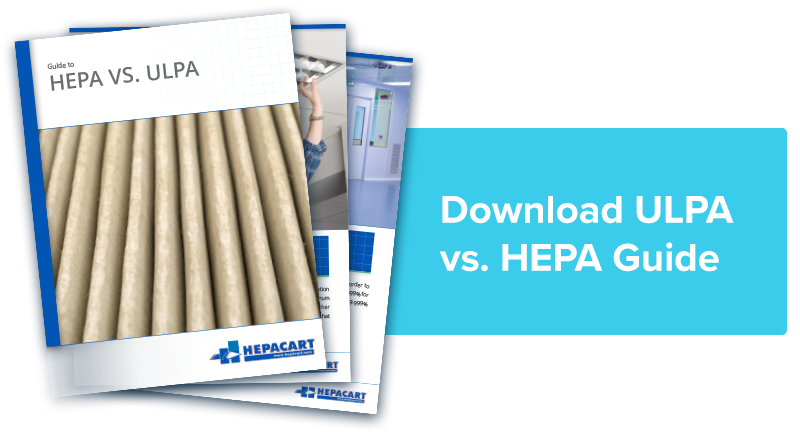Figuring out how to improve patient outcomes through the use of great facility management and proper containment procedures is an ongoing process in the healthcare field. There are a number of organizations dedicated to studying developments in healthcare construction, infection control, and other fields in order to effect positive change and better understanding.
The future of dust containment is intrinsically linked to the future of healthcare as a whole. The different ways in which facilities operate and the ways in which patients access care have a measured impact on how dust containment operations can be carried out as well as what types of containment methods are most effective. Let's look at some of the most interesting insights that have come from thorough investigations into trends and predictions over the last year.
Facility Guidelines Institute Futures Assessment
The Facility Guidelines Institute (FGI) recently convened a group to discuss the future of health care, resulting in the publication of a document summary entitled "The Future of Health Care as Predicted Using Scenario Planning." Here, they are able to lay out some of the predicted trends in healthcare, which may be extrapolated into how those patient and provider trends will impact construction as well as containment.
According to this report, the two forces expected to have the most significant impact on the future of healthcare are patient engagement and provider reimbursement models. Both of these key elements could have an impact on construction and containment policies. For instance, as patients become more engaged in health outcomes, the report suggests that they will be more willing to care for aging and ailing family members, which will in turn put an emphasis on outpatient facilities, opening up more opportunities for contamination and infection control concerns in these less controlled environments.
In terms of reimbursement models, a transition to value-based reimbursement (e.g., providers being paid for offering value such as preventative care to patients rather than simply acute treatment) will also have an impact. This type of model could see less money and resources spent on emergency care and urgent care facilities and more spent on facilities such as primary care offices. These facilities, in turn, will also need to be equipped to handle dust containment issues as they are constructed or expanded in order to be able to serve a larger patient load.
HFM/ASHE 2015 Hospital Construction Survey
For their part, Health Facilities Management and the American Society of Healthcare Engineers conducted their annual construction survey and came to conclusions that relate closely to those of the FGI report. For instance, they report that "More than half of hospitals and health systems are repurposing space or considering the idea as they transition to value-based payment models and take the reins of population health management in their communities." Repurposing space means construction and/or renovation, which is a critical time containment. It is essential that existing facilities who move to use their spaces differently ensure that the new spaces are properly constructed, with ventilation and infection control measures in place, but also that any construction efforts to not affect patients and staff that remain at the facility.
These two sources are certainly not the only indicators of trends in healthcare construction and containment issues, but starting with these well-constructed predictions is a good indicator of the challenges that facilities will face in the coming years as we determine how exactly the healthcare industry is changing.
